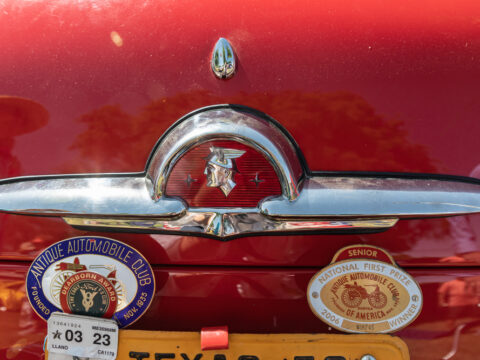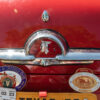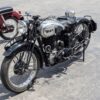Riding a vintage motorcycle can be a nostalgic and exciting experience, but these older bikes often come with hidden risks. Many of their parts have aged or weren’t designed with modern safety standards in mind. Addressing these overlooked safety concerns is essential to ensure a safe and enjoyable ride. Here are some key issues to watch out for when maintaining or restoring a vintage motorcycle.
Contents
Braking Systems
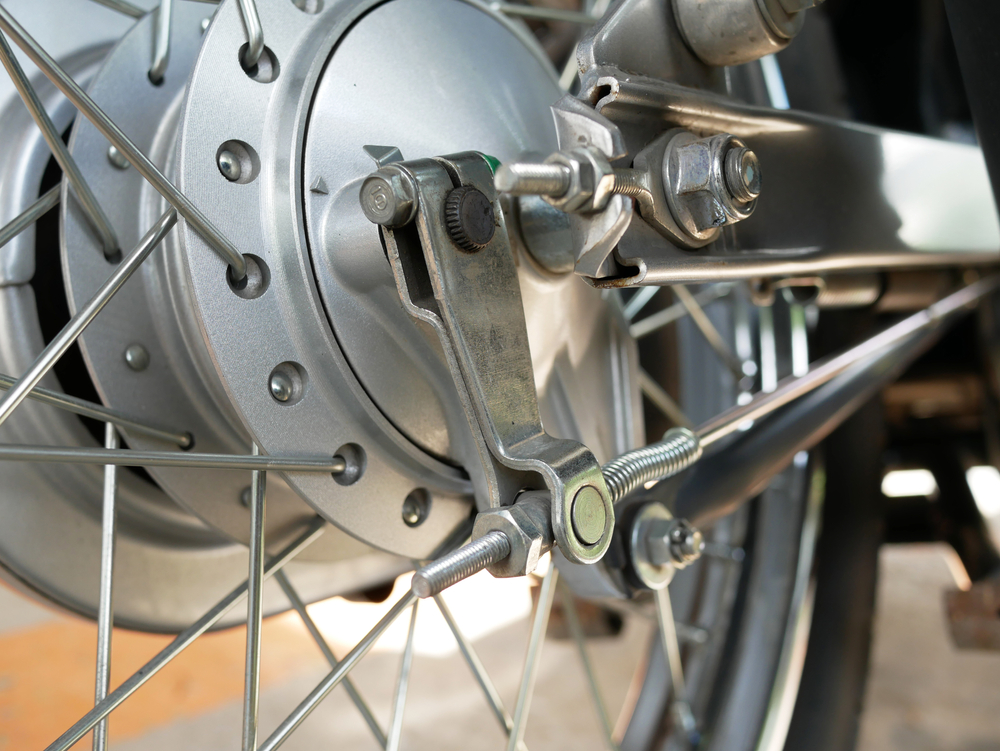
Many vintage motorcycles still use drum brakes, which are far less effective than modern disc brakes. Drum brakes can overheat quickly, especially during emergency stops, leading to brake fade and a loss of stopping power. Their responsiveness is often limited, posing a serious risk in unpredictable traffic situations. Additionally, most vintage models lack ABS, which prevents wheel lock-up during hard braking. Upgrading to modern braking systems significantly enhances safety.
Electrical Wiring
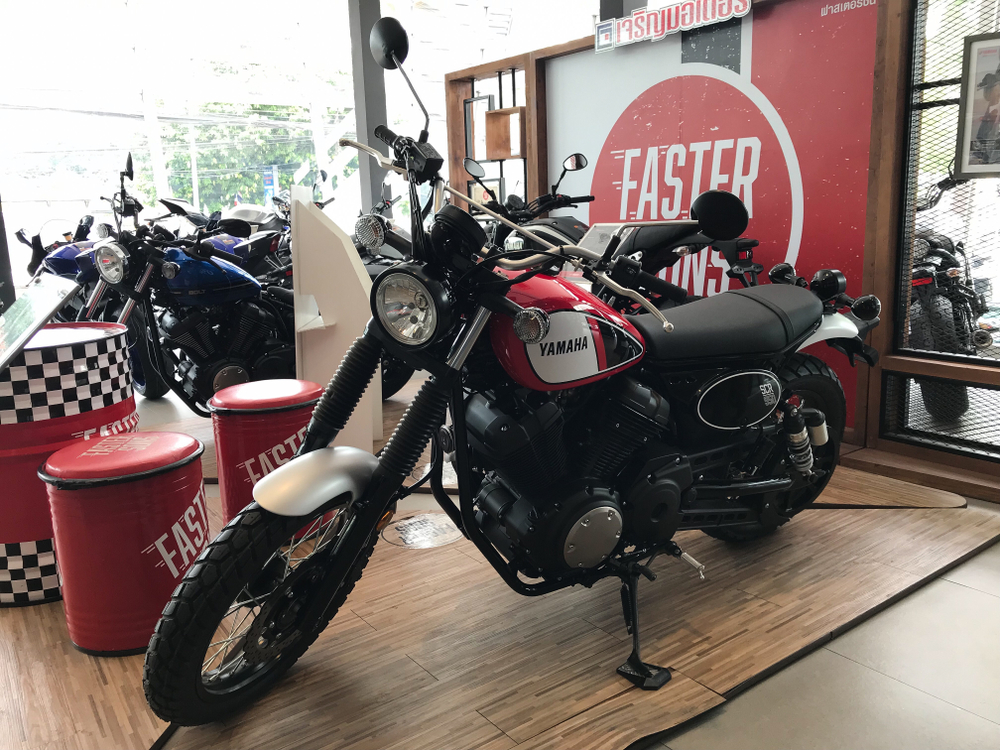
The electrical systems in vintage motorcycles often suffer from brittle or corroded wiring, which can lead to shorts or complete electrical failure. Unlike modern bikes, many older models weren’t designed with weatherproof components, making the wiring vulnerable to moisture damage. This can result in malfunctioning headlights, taillights, or ignition systems, all of which are essential for safe riding. Riders should inspect the wiring regularly and consider rewiring if signs of wear are present.
Frame Integrity

Over time, the frames of vintage motorcycles are prone to rust and stress fractures. This degradation weakens the overall structure, making it less capable of handling the stresses of high-speed travel or rough terrain. Frames from decades past often lack the modern materials and engineering innovations that ensure long-term durability. Regular checks for rust and cracks are necessary to avoid catastrophic failure. Replacing or reinforcing a weak frame can significantly improve both safety and performance.
Tire Aging

Vintage motorcycle tires may look fine, but their age often renders them unsafe. Rubber compounds break down over the years, becoming brittle and prone to cracks that reduce grip and increase the risk of blowouts. Even if the tread appears acceptable, old tires can fail unexpectedly, especially under stress. Replacing old tires with modern equivalents designed for better traction and durability is crucial. This simple upgrade dramatically enhances the bike’s safety on the road.
Suspension Systems
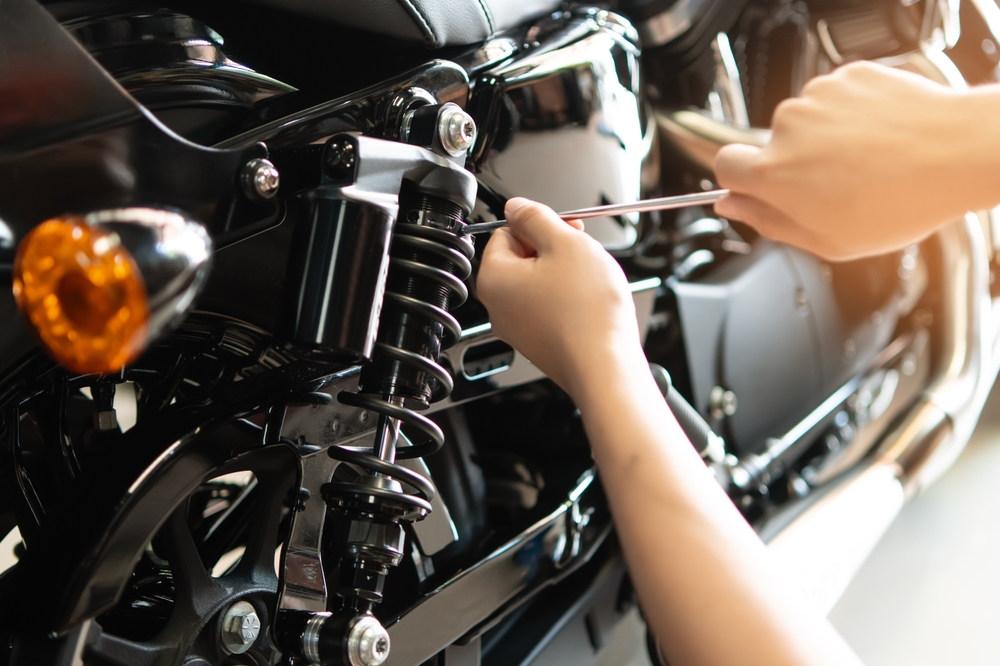
The suspension systems in vintage motorcycles are typically outdated and lack modern damping technology. Over time, components like shocks and forks wear out, making the ride harsh and unpredictable on rough surfaces. Worn suspensions affect stability, handling, and rider comfort, particularly during long rides. Regularly inspecting and replacing aging suspension parts can restore a smoother, more stable ride.
Fuel Tanks
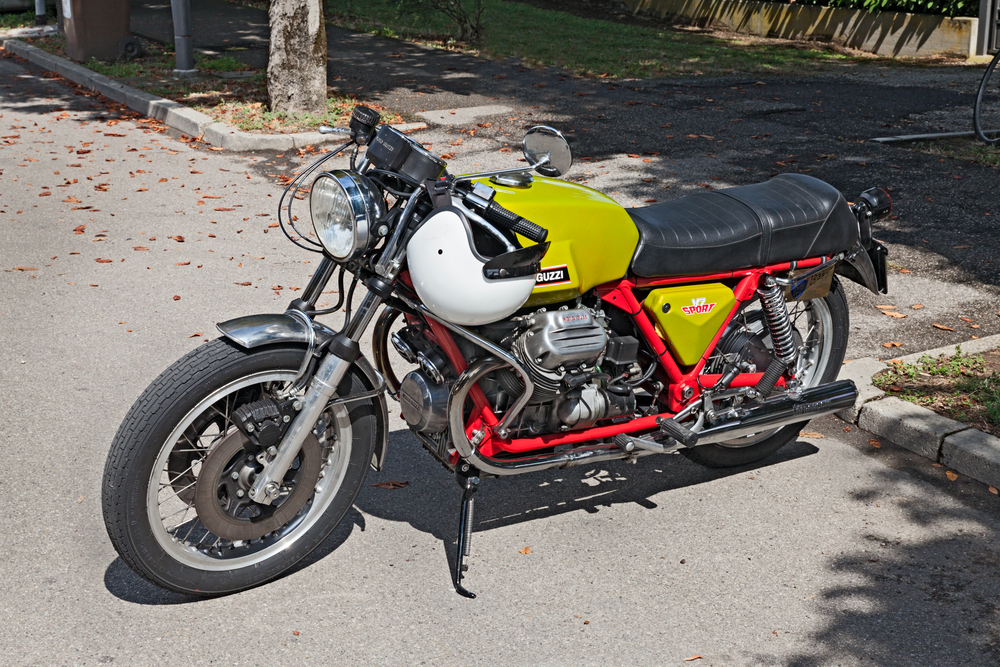
Corroded fuel tanks are a common issue with vintage motorcycles, especially those that haven’t been properly maintained over the years. Rust inside the tank can lead to fuel contamination, which may clog the carburetor and cause sudden engine stalls. Worse, rusted tanks can leak, creating fire hazards. Regularly inspecting the fuel tank for rust and treating it with sealants can mitigate this risk. For severe cases, replacing the tank altogether may be necessary.
Carburetors
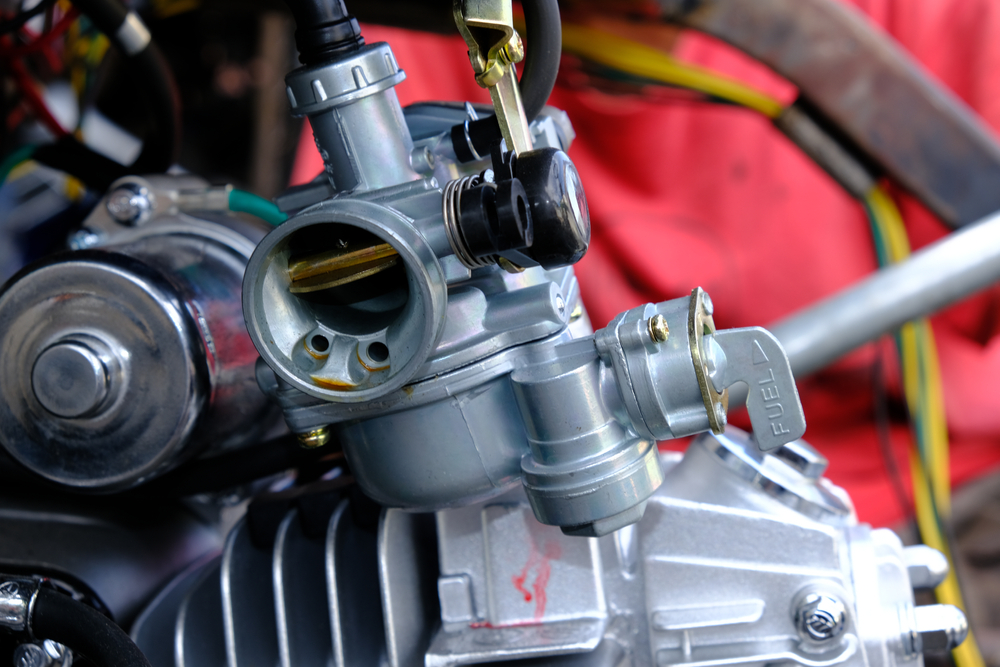
Unlike modern fuel injection systems, carburetors in vintage motorcycles require frequent tuning and maintenance. Over time, old fuel residues build up inside the carburetor, affecting engine performance and causing stalling issues. This makes them less reliable than modern systems, especially if the bike has been sitting unused for long periods. Regular cleaning and proper adjustment are essential to keep the engine running smoothly.
Lighting Systems
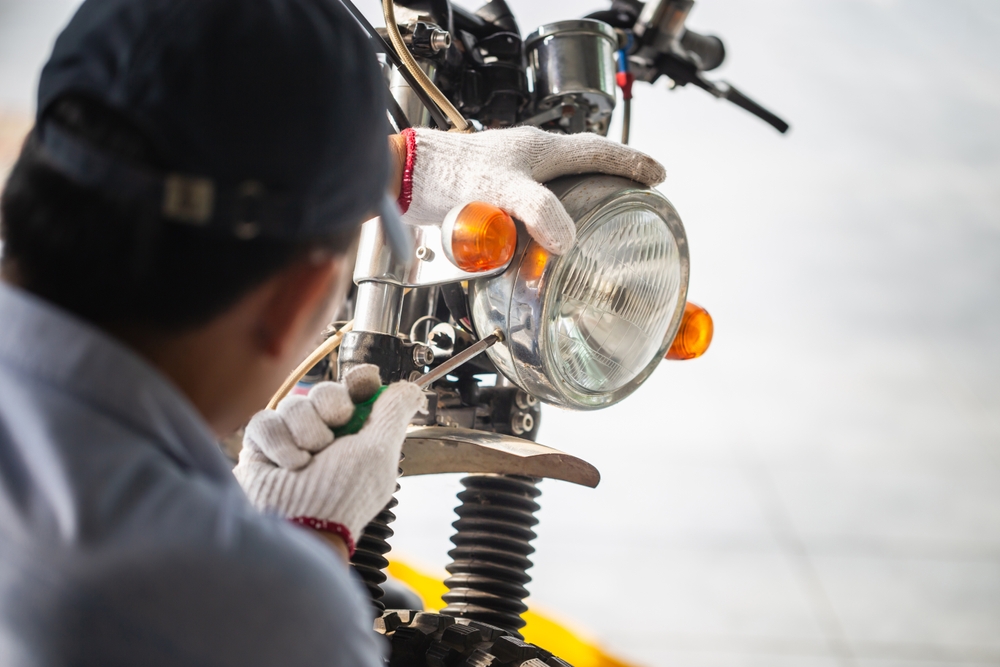
Many vintage motorcycles are equipped with dim or outdated lighting systems, making night riding or adverse weather conditions more dangerous. Poor lighting reduces the rider’s visibility and makes it harder for other drivers to notice the motorcycle. Modern LED lights provide a brighter, more energy-efficient alternative that greatly improves both safety and visibility. A lighting upgrade is a simple, yet highly effective way to modernize a vintage bike. It’s a critical improvement, especially for frequent night riders.
Handlebar Controls
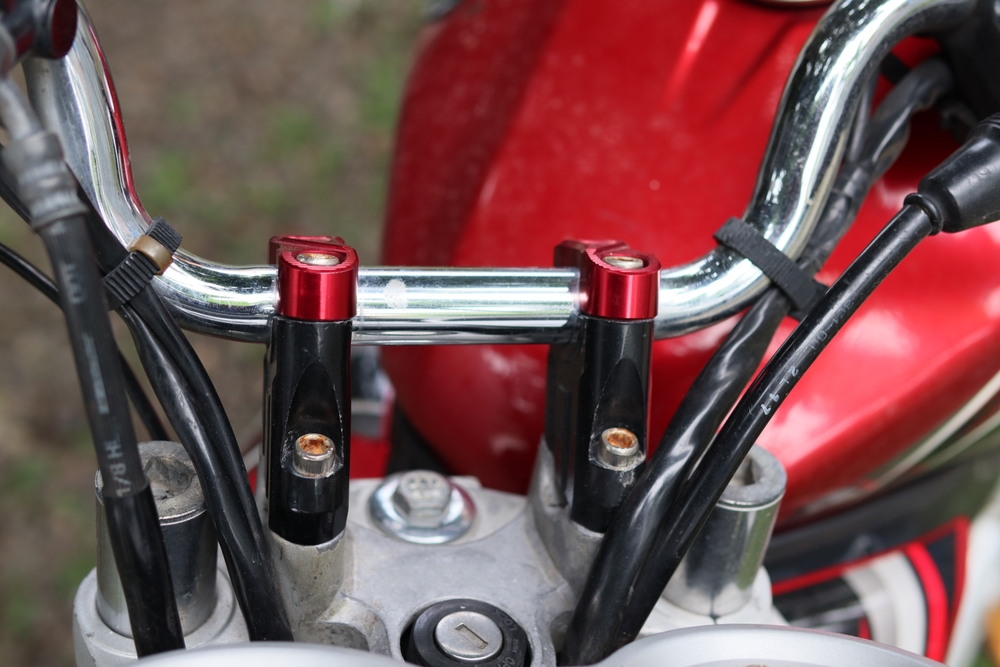
Handlebar controls on vintage motorcycles often suffer from wear over time, becoming loose or sticky. These issues can delay a rider’s reaction in critical situations, making braking or shifting less precise. Moreover, older control designs may not offer the ergonomic comfort of modern setups, leading to fatigue on longer rides. Replacing or repairing worn-out controls can greatly improve a rider’s responsiveness. Ensuring smooth and accurate controls is key to safe motorcycle handling.
Speedometers
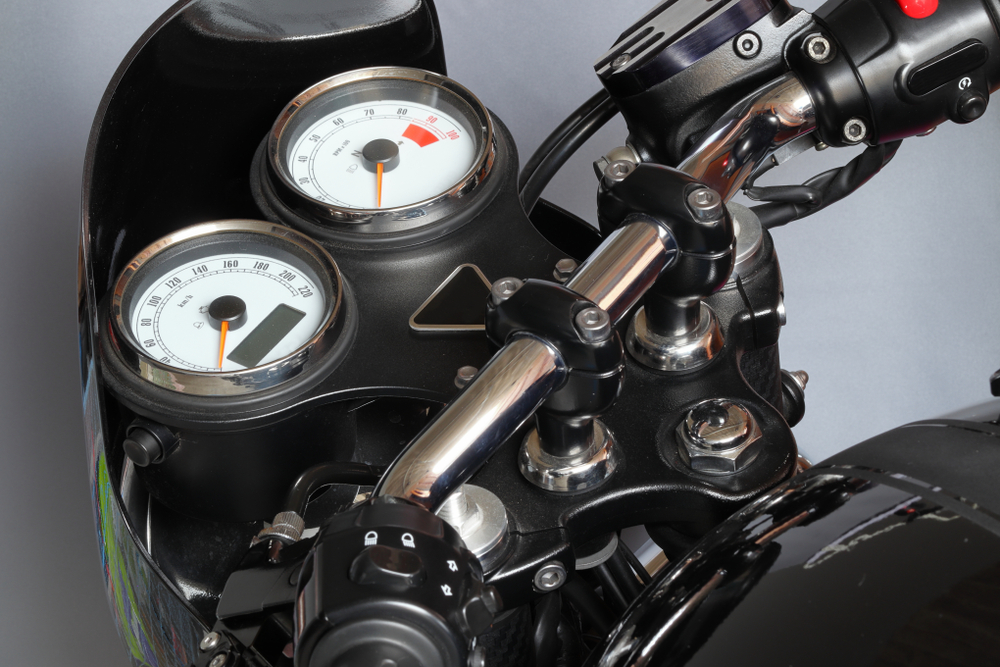
Vintage motorcycles typically feature mechanical speedometers, which can become inaccurate with age. Worn gears or cables may cause the speedometer to give false readings, putting the rider at risk of unintentionally speeding. In some cases, this can lead to accidents or traffic violations. Replacing outdated speedometers with modern digital versions can provide more accurate readings. It’s an easy way to enhance both safety and reliability on older bikes.
Exhaust Systems
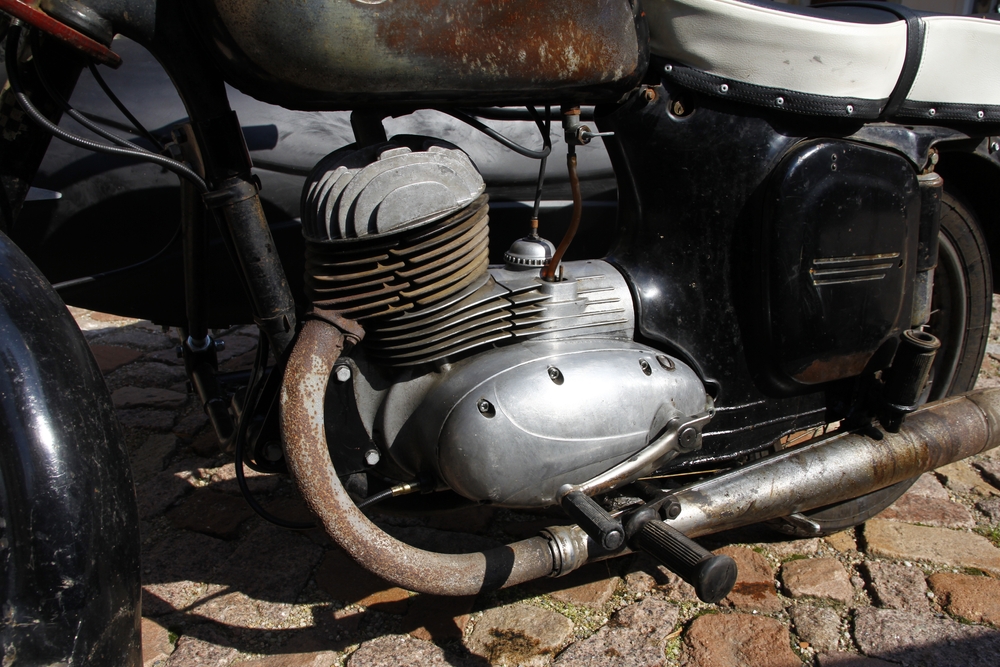
Exhaust systems on vintage motorcycles are prone to rust and corrosion, especially when exposed to moisture or poor maintenance practices. Leaky exhausts can emit harmful fumes close to the rider, posing a health hazard and creating a fire risk. Additionally, rusted exhausts disrupt the proper flow of exhaust gases, which negatively impacts engine performance. Regular inspections and timely repairs or replacements of the exhaust system are essential.
Kickstarters
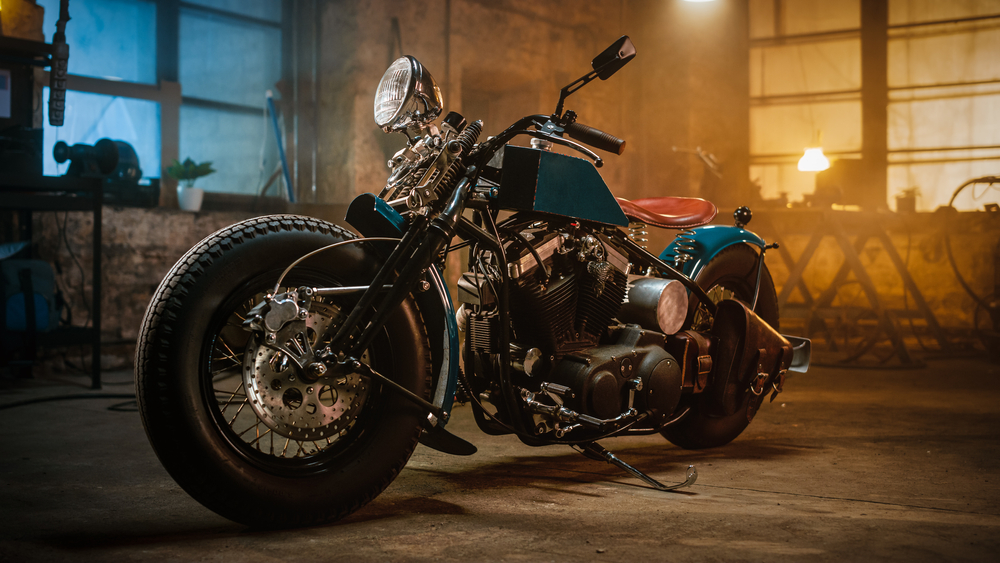
Many vintage motorcycles come with kickstarters, which can be difficult to operate when worn out. Old or faulty kickstarters may require excessive force to engage, causing injuries like sprains or even fractures. Additionally, the engine may kick back, sending the starter arm in the opposite direction and injuring the rider. Some riders prefer to install electric starters to avoid these issues altogether. Upgrading from a kickstarter is a common solution for better safety and convenience.
Brake Lines
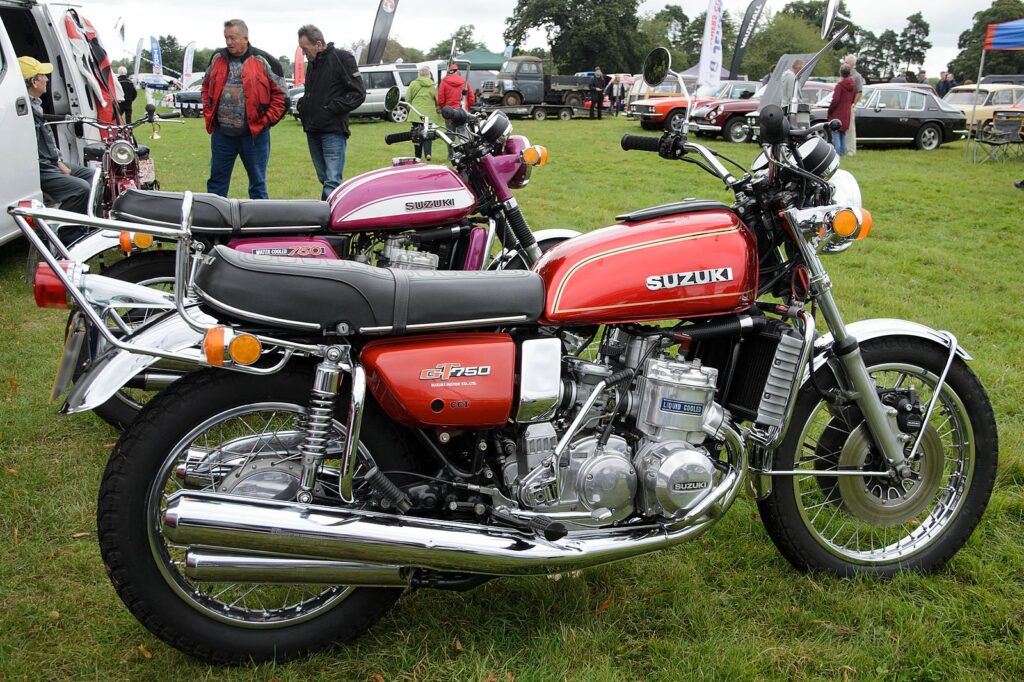
The brake lines on vintage motorcycles, often made of rubber, deteriorate over time and can crack or swell. This compromises the entire braking system by allowing brake fluid to leak, reducing braking power. In some cases, the rider may not notice the issue until it’s too late. Upgrading to modern, braided stainless-steel brake lines offers increased durability and improved braking performance. It’s a critical step for anyone looking to enhance their vintage bike’s stopping power.
Chain Drives
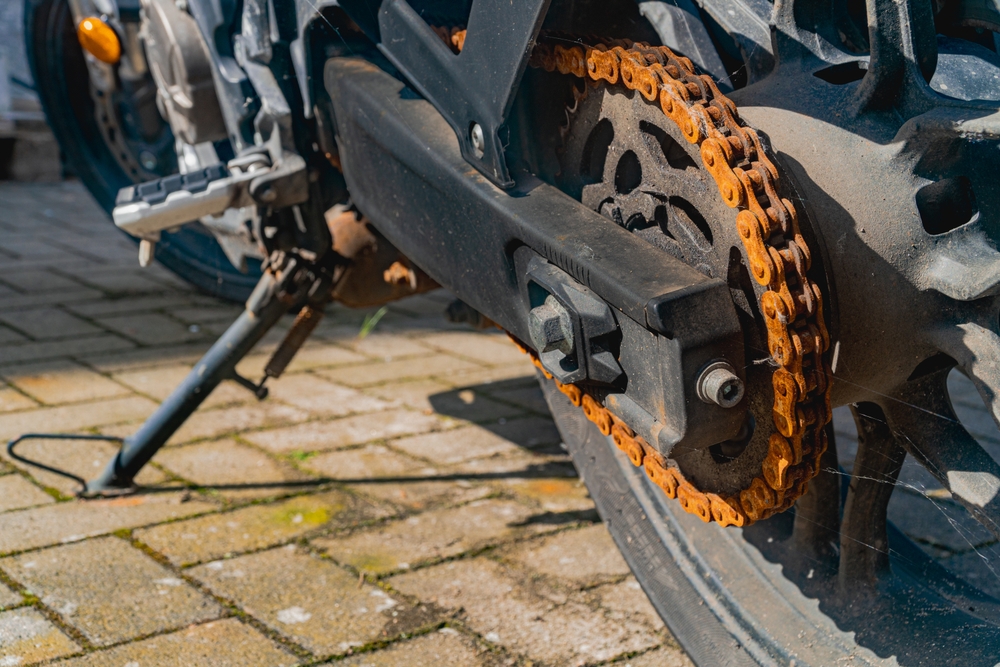
Chain drives in vintage motorcycles are prone to stretching, rusting, or even snapping under stress. A worn or poorly maintained chain can break suddenly, which not only strands the rider but also poses a significant safety hazard at high speeds. Regular lubrication and tension adjustments help to prolong the life of the chain. Riders should also inspect the chain for signs of excessive wear or rust. Replacing old chains with modern ones can ensure smoother and safer rides.
Side Stands

Side stands on vintage motorcycles are often flimsy and susceptible to rust or wear, making them unstable. An unreliable side stand can cause the bike to tip over, especially when parked on uneven ground or during windy conditions. Replacing the stand with a more robust version or adding reinforcement can improve stability. Ensuring the bike remains upright while parked is a simple but crucial safety measure. It prevents potential damage to the motorcycle and injury to bystanders.
Steering Bearings
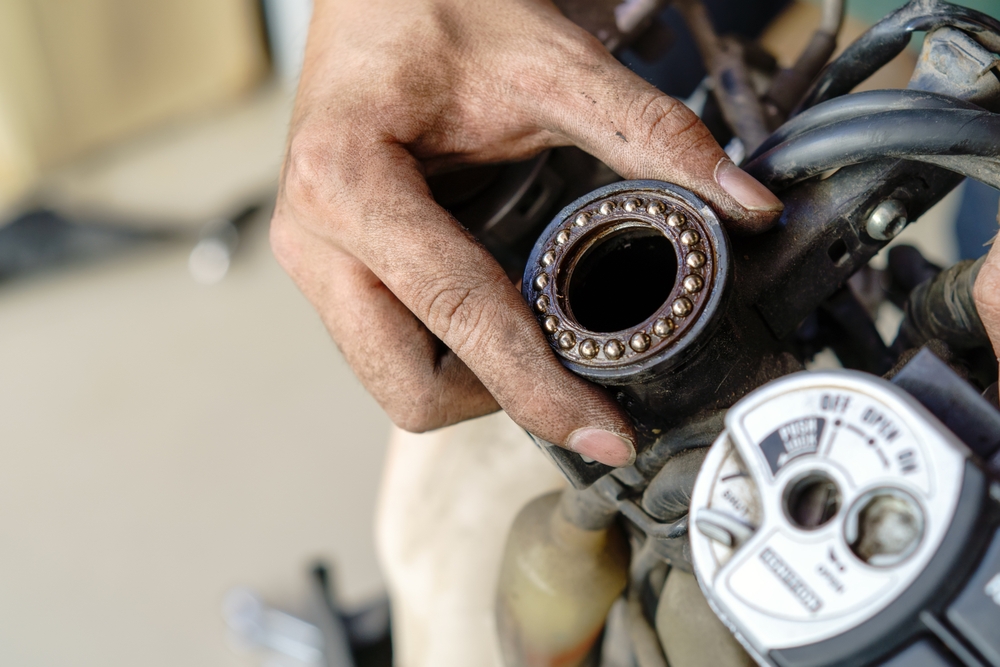
The steering bearings in vintage motorcycles often wear out over time, leading to loose or imprecise handling. Worn bearings can cause the front end of the motorcycle to wobble, especially at higher speeds, which is extremely dangerous. Replacing the bearings with modern, high-quality versions restores smooth steering and improves overall control. Regularly checking for signs of bearing wear is essential. Upgrading the steering system can make a world of difference in ride stability.
Seat Stability
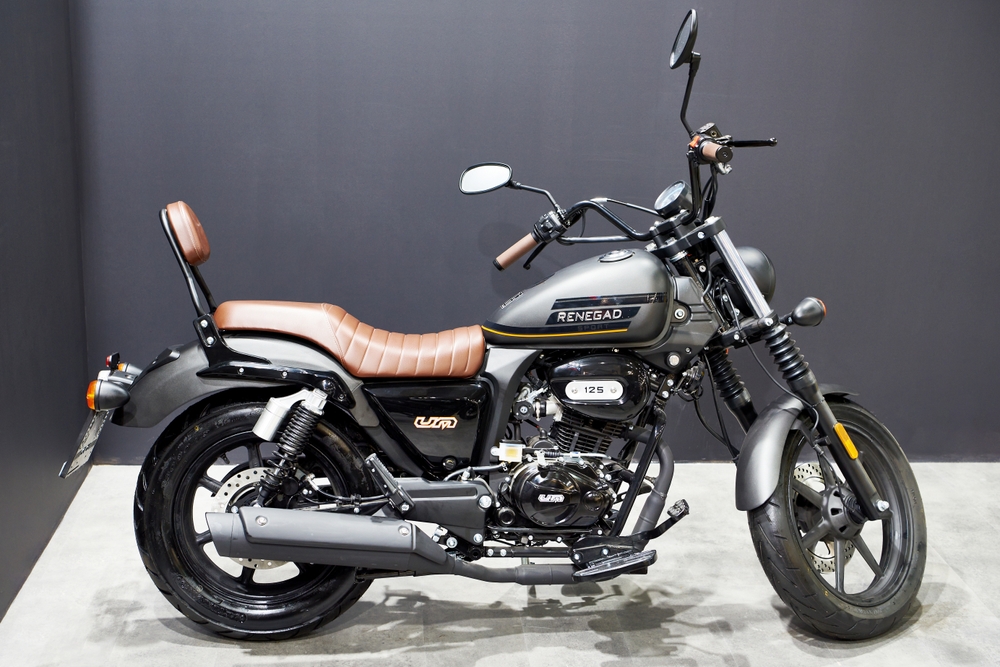
Seats on vintage motorcycles may become loose or unstable over time due to rusted frames or worn springs. An unstable seat can shift during a ride, throwing the rider off balance and increasing the risk of accidents. Upgrading to a sturdier seat or reinforcing the mounting system can improve both comfort and safety. Ensuring the seat is secure helps prevent sudden, dangerous shifts during the ride. It’s a simple fix that boosts rider confidence and control.
Fuel Lines
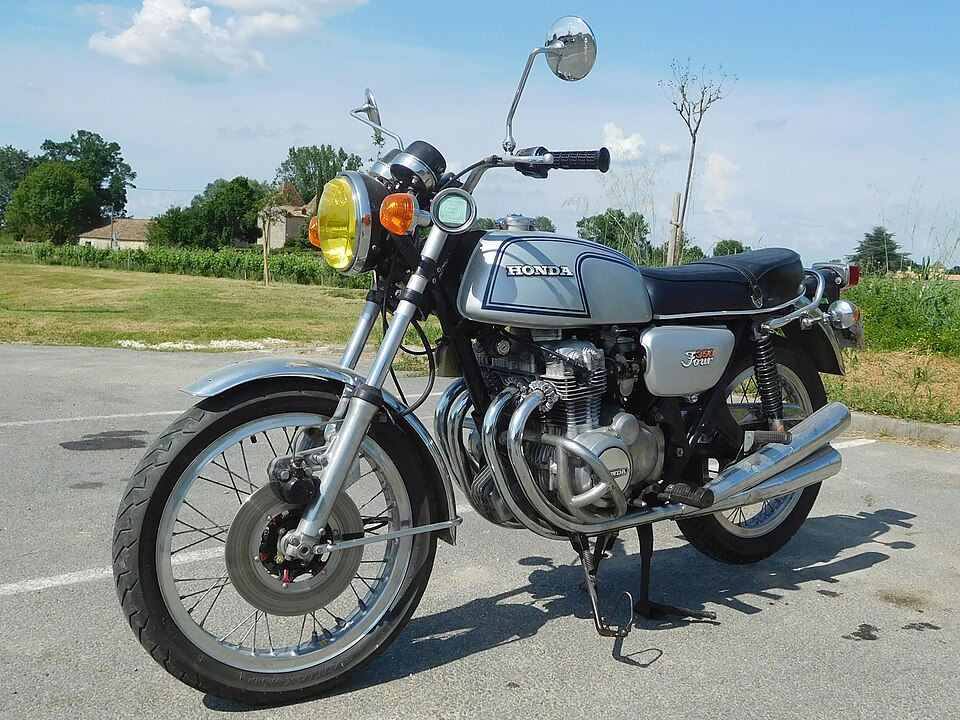
Fuel lines on vintage motorcycles, particularly those made from older rubber compounds, are prone to cracking and leaking. Leaky fuel lines present a major fire hazard and can lead to engine stalls while riding. Regularly inspecting and replacing worn fuel lines with modern, ethanol-resistant materials ensures safer fuel flow. It’s a straightforward upgrade that prevents dangerous fuel leaks. Keeping fuel lines in top condition is vital for safe motorcycle operation.
This article originally appeared in MyCarMakesNoise.
More from MyCarMakesNoise
13 Rare American Sports Cars You’ll Likely Never See on the Road
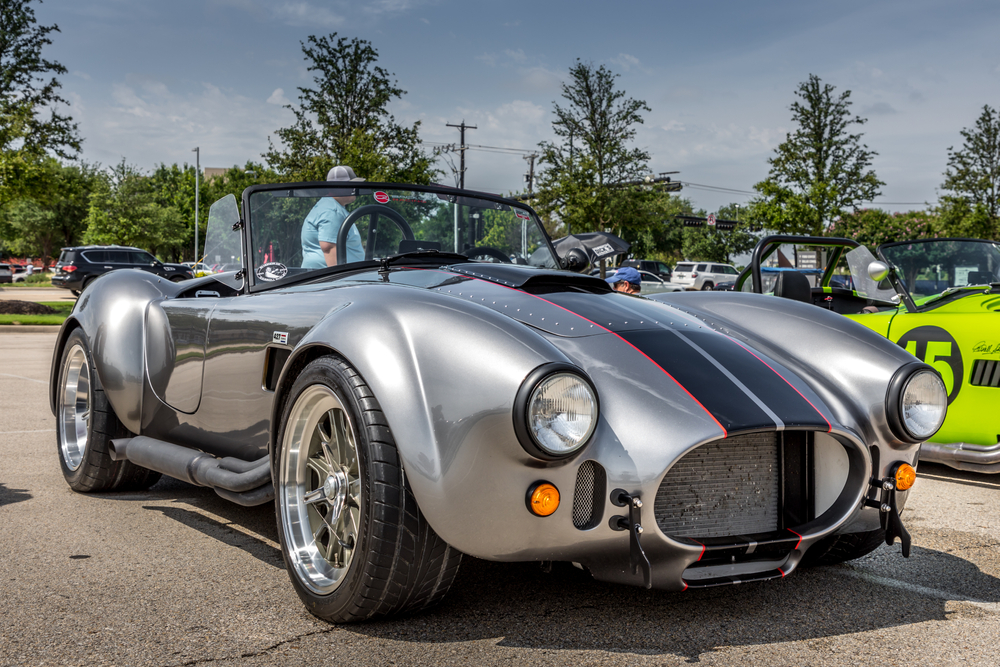
American sports cars are renowned for their bold designs, powerful engines, and the indelible mark they leave on the automotive world. From iconic muscle cars of the 1960s to modern-day engineering marvels, these vehicles symbolize freedom, innovation, and raw power. Read More.
25 Iconic Cars From the 1950s You Shouldn’t Forget

The 1950s was a golden era for automotive design, filled with iconic cars that captured the spirit of innovation and style. Many of these classics have been forgotten over time, but they deserve to be remembered. Read More.
15 Forgotten Electric Vehicles That Were Way Ahead of Their Time
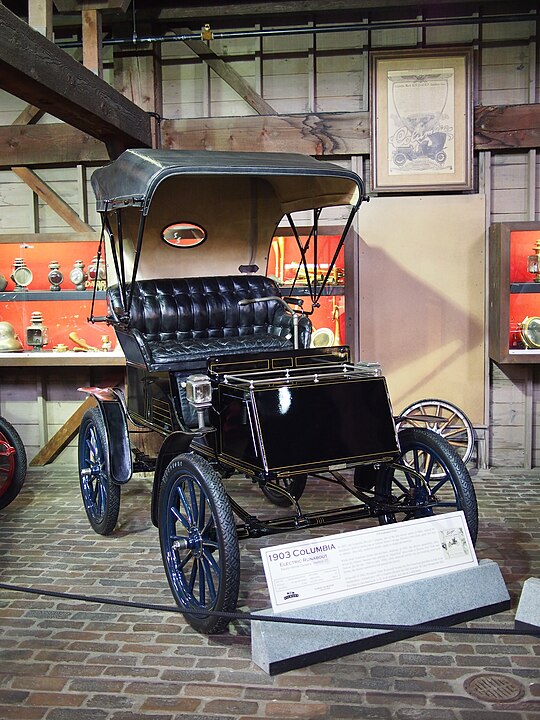
Electric vehicles might seem like a modern innovation, but they’ve been around for longer than you might think. In fact, some early electric vehicles were so advanced that they seemed almost futuristic for their time. Read More.


